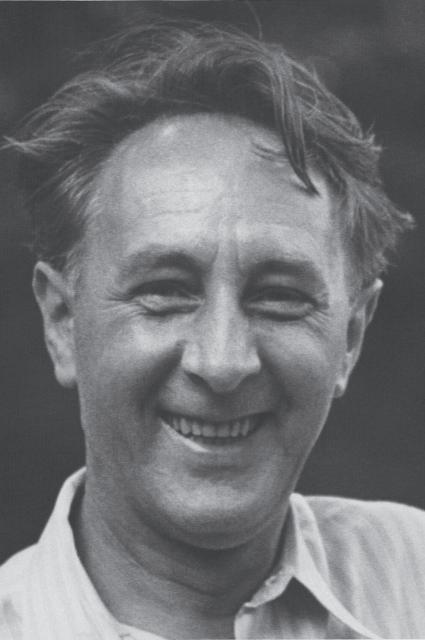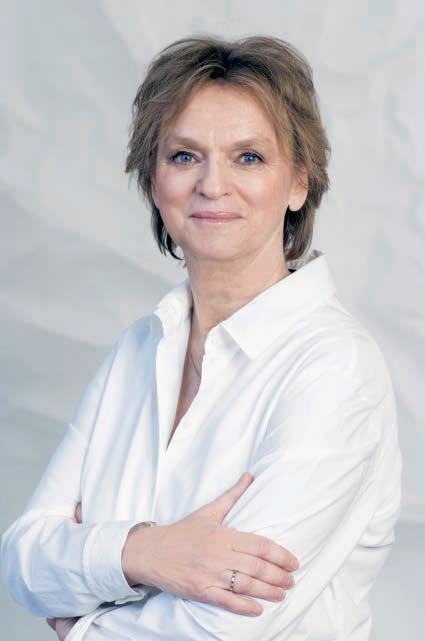
2 minute read
IN ENGLISH
RECURRENCE
BY BART DE VRIES Repetition is a common feature of almost any type of music. The bass line, for example, is often no more than the continuous reiteration of a short rhythm, a foundation over which the composer can build melodies or the instrumentalist can display her improvisational skills. Melodic themes also return, sometimes identically, sometimes in an adjusted form. Repetition is used too to give a sense of unity to a composition. It is an art to use it in such a way that it sparks the joy of recognition and avoids monotony, fatigue and indiªerence.
In the Boléro Ravel (1875–1937) explores repetition in one of its most extreme forms. The snare drum lays out a simple four-bar rhythm that is repeated throughout the piece. Against this backdrop the orchestra joins in, one instrument at a time, continuously playing two melodies.
In the hands of a lesser composer, this recipe could have resulted in a tedious, lifeless work, but by changing the texture of the sound of the orchestra with each addition of a new instrument and by gradually building up a crescendo that overarches the entire piece, Ravel succeeded in creating an fantastically exciting work with hypnotic power. It is not only his best-known composition, but also a mainstay of the repertoire for symphony orchestra and a fixture in the canon of classical music.
This month’s concert begins with the Symphony in C by the French composer Paul Dukas, who, being unsatisfied with the quality, repeatedly destroyed his own works. But fortunately the Symphony in C escaped his own critical ear. His small remaining œuvre is hard to place. Ten years Ravel’s senior, his compositions show influences of the highly romantic music by Wagner, for example in the short chromatic line in the hobos at approximately nine minutes into the first movement. However, Dukas doesn’t make use of the leitmotiv, a recurring theme that unifies the composition. In this sense, the Symphony in C can be seen as an interesting contrast to Ravel’s Boléro.
Dukas work is also likened to that of impressionist composers like Debussy, with whom Dukas maintained a lifelong friendship, and of classical composers like Beethoven for the fact that he remained dedicated to classical forms.
Being respected by Romantic and modern musicians alike, Dukas is a transition figure, both as a composer and music critic, between both streams.
Squeezed in between these two great works of French classical music is the somewhat forgotten, but no less thrilling concerto for two pianos and orchestra by the Czech composer Bohuslav Martinů. Just as Ravel reinterprets an old Spanish dance form for his Boléro, Martinů reuses old Bohemian and Moravian folk tunes. The concerto is in certain places reminiscent of the music by Martinů’s contemporary Prokofiev. The latter composed five piano concertos, but none for two pianos. Listening to the virtuoso first and third movements and the more lyrical middle one, you can only dream of what Prokofiev would have produced had he done so.
The concerto is performed by the young, but yet highly acclaimed brothers Lucas and Arthur Jussen. How exceptional for a family to be blessed with two remarkably talented sons. Or is this another incidence of recurrence?






